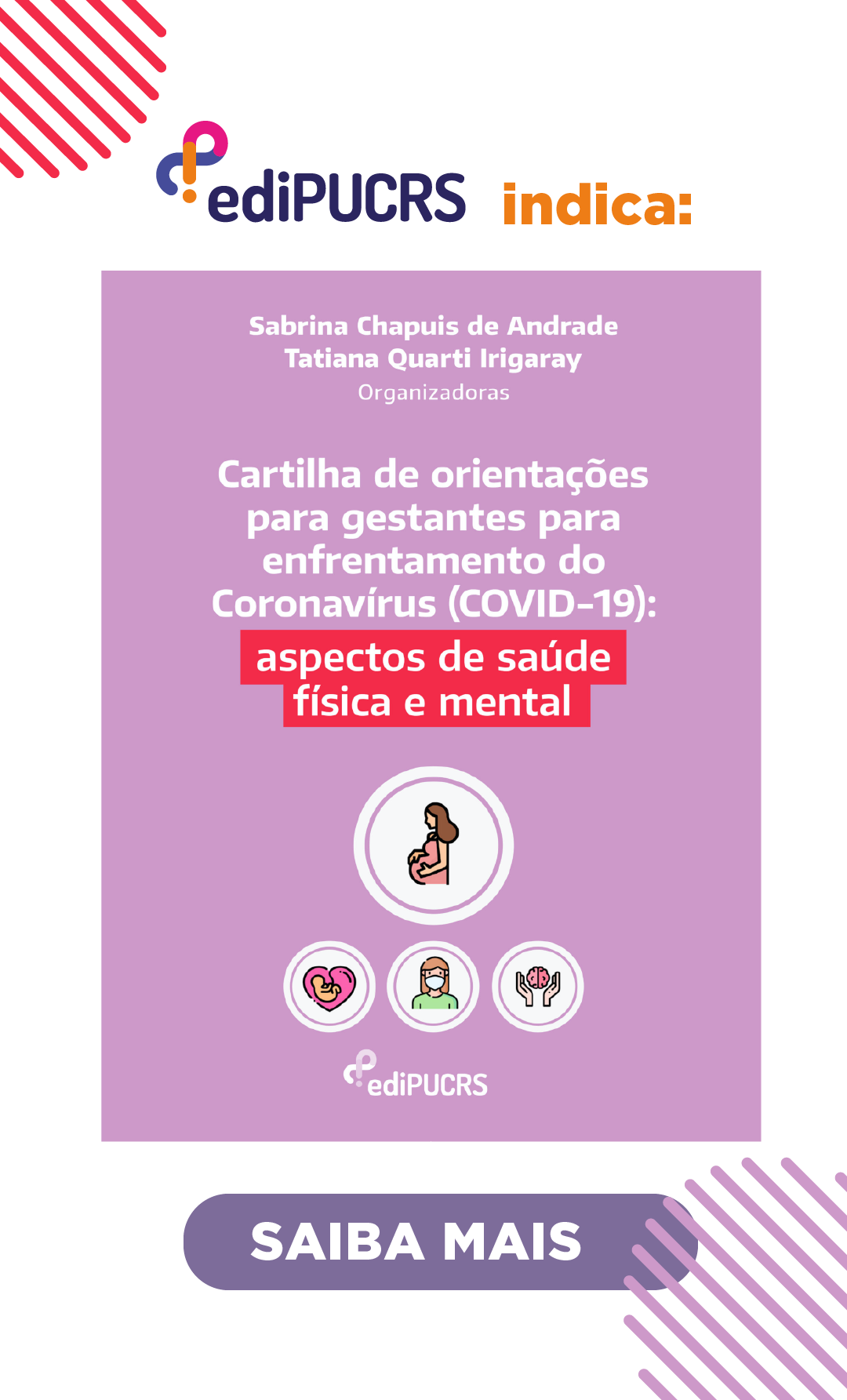Detecção sorológica da infecção por <i>Toxoplasma gondii</i> em gatos errantes e domiciliados e sua avaliação hematológica
Palavras-chave:
Blood chemistry, hematology, household cats, serology, stray cats, Toxoplasma gondii infectionResumo
AIMS: This study focused on the serologic detection of Toxoplasma gondii infection in two groups of cats: stray and household groups. In addition, hematologic assessment of seropositive (sero+) and seronegative (sero-) cats was done. METHODS: Sixty cats were serologically tested for anti-Toxoplasma gondii antibodies using the latex agglutination test. Six collection sites for each group of cats were identified in the urban communities of Sta Rosa and San Pedro, Laguna, Philippines. The 60 cats collected were divided into 30 stray and 30 household cats. RESULTS: Results revealed that 28 (46.67%) of the 60 cats were sero+. There were more household cats (28.33%) which showed seropositivity compared to stray cats (18.33%), however the difference was statistically insignificant (p>0.05) . Hematologic tests through complete blood count showed significantly (p<0.05) higher number of sero+ cats with abnormalities on hemoglobin level, red blood cell count, segmenter (neutrophil) and monocyte counts compared to the control. Other parameters such as percent packed cell volume, white blood cell count, eosinophil and lymphocyte counts showed insignificant (p>0.05) results across sero+ cats and the control. Blood chemistry analysis showed significantly higher (p<0.05) potassium level irregularities in sero+ cats relative to the sero- cats. Other parameters such as amylase , blood sugar, blood uric acid, creatinine and blood urea nitrogen were statistically insignificant (p>0.05). CONCLUSIONS: Although Toxoplasma gondii infection suggests possible cause of hematologic abnormalities, it is recommended that further studies on this aspect be done to provide more basic and clinical research information that would improve cat health management.Downloads
Não há dados estatísticos.
Downloads
Publicado
2010-02-22
Como Citar
Advincula, J. K. dela C., Iewida, S. Y. P., & Cabanacan-Salibay, C. (2010). Detecção sorológica da infecção por <i>Toxoplasma gondii</i> em gatos errantes e domiciliados e sua avaliação hematológica. Scientia Medica, 20(1), 76–82. Recuperado de https://revistaseletronicas.pucrs.br/scientiamedica/article/view/5886
Edição
Seção
Artigos Originais









